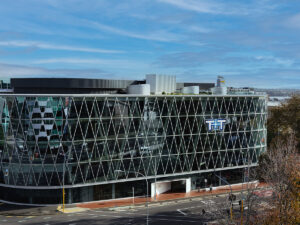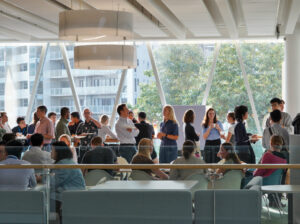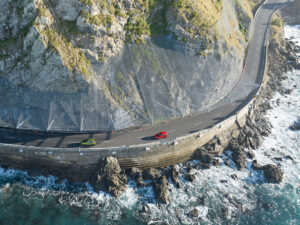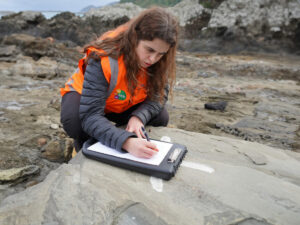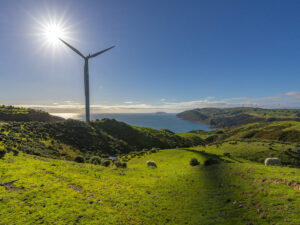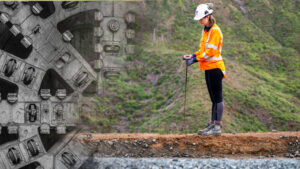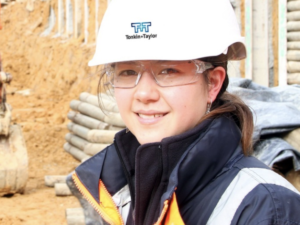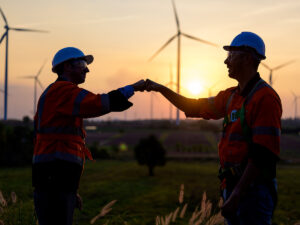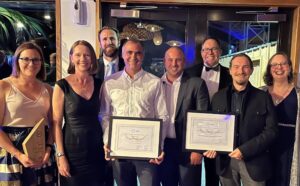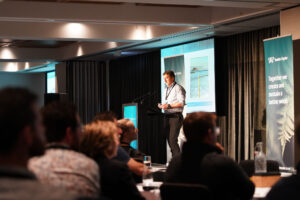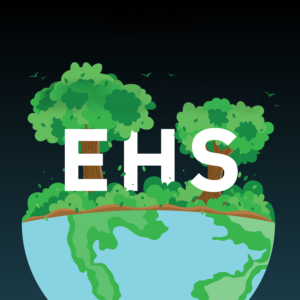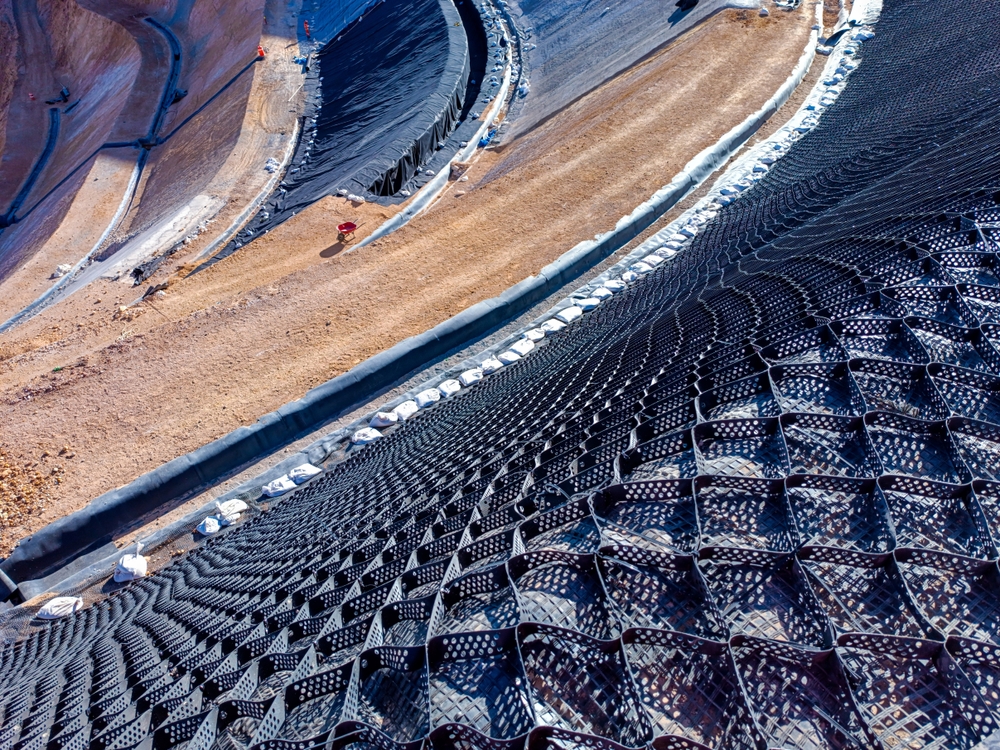Tonkin + Taylor’s Geotechnical team welcomed Professor Florian Hoertkorn from Karlsruhe University of Applied Sciences in Germany for a six-month sabbatical last year.
With geotechnical experience, including numerous geotechnical and tailings storage facility designs and monitoring worldwide, Professor Hoertkorn brings a wealth of knowledge to Tonkin + Taylor. His time with us provided valuable opportunities to collaborate across the Geotechnical, Geosynthetics, Waste and Resource Recovery, and Dam sectors.
Professor Hoertkorn’s sabbatical reflects Tonkin + Taylor’s globally connected approach, supported by partnerships like the Inogen Alliance. This approach fosters a collaborative environment where international perspectives drive innovation and new problem-solving techniques.
In his last month with Tonkin + Taylor, Professor Hoertkorn reflects on his journey, “I’ve enjoyed collaborating with the team and exploring the wide range of projects underway in New Zealand. The open-mindedness and collaborative spirit at Tonkin + Taylor is inspiring, and I’ve been eager to contribute and learn over my time here.”
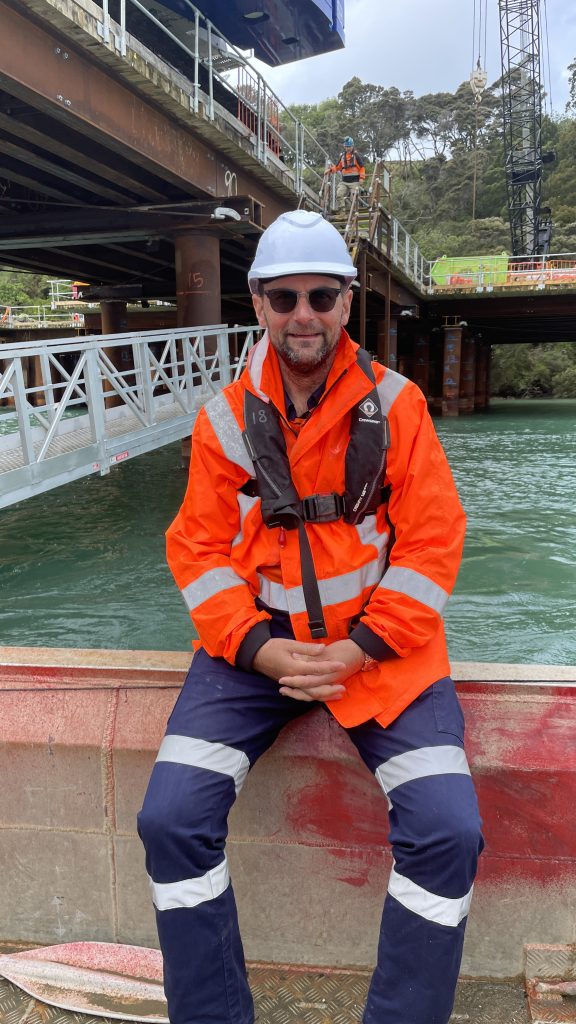
Exploring a Diverse Range of Geosynthetic Use
Since joining our team at Tonkin + Taylor, Professor Hoertkorn has had the opportunity to explore a diverse range of projects across the North Island, gaining insight into some of New Zealand’s most innovative engineering solutions.
Visits to operational and closed landfill sites in Whitford, Kate Valley, Orewa, Mt Albert Western Reserve, and Phyllis Reserve have demonstrated innovative use of geosynthetics in landfill engineering, specifically for steep wall applications, and alternative approaches to closed landfills compared to current landfill management in Germany.
During one of the site visits, Professor Hoertkorn was fascinated by New Zealand’s approach to compaction control using air voids and shear strength, where a clay layer underlying a liner was installed, instead of the classical compaction testing based on Proctor test Results and field Nuclear Density Meters.
“It’s an innovative solution that allows much faster quality control and provides flexibility during construction. It’s a vastly different approach to Germany and other places I have worked so far– something to investigate and share!”
Exploring landfills wasn’t limited to the workday hours. During weekends, he took opportunities to enjoy aspects of closed landfills in Auckland as many of them have been transformed into accessible green spaces, like parks, enjoyed by the public. Sections of these parks had wooden walkways, combined with geogrids to keep the public safe which Professor Hoertkorn found fascinating.
“I had to smile about using wooden walkways combined with geogrids installed as a non-slip surface. It’s one of the most innovative and creative applications I’ve seen and I’m curious to learn more about how this design came about!”
The Future of Geosynthetics in Aotearoa, New Zealand
Globally, geosynthetic products seem well-perceived by engineers and clients in New Zealand, but local manufacturing and performance testing are limited. In the context of the potential market, Professor Hoertkorn sees huge opportunities for New Zealand.
Another opportunity he sees is the application of geotextiles as filters and drains in embankment dams. In both Aotearoa and many other countries, he observes the general hesitation in using these products, although they are frequently used for roads, levee dykes, and other similar structures and landfills.
A major international argument to avoid using these products is that the long-term performance cannot be guaranteed.
“This argument is difficult to understand as geosynthetics in the form known today have been available for more than five decades and are no longer new to the construction industry. Mechanical properties and the interaction with the surrounding soil are well understood and many dams using geotextiles as filters and drains have also successfully been built, especially in South Africa,” Professor Hoertkorn says.
The Power of Knowledge Sharing
Professor Hoertkorn has managed to fit a lot into his short time in Aotearoa, having multiple talks with the New Zealand Geotechnical Society and other industry members, and developing publications with practitioners and students from the University of Auckland.
His enriching experience with Tonkin + Taylor proved an abundant exchange of insights and perspective, with the promise of catalysing future innovations and broadening international collaborations in the engineering field. As Professor Hoertkorn returns to Germany we wish him well and look forward to continuing to broaden our global connections with him and others in future.


